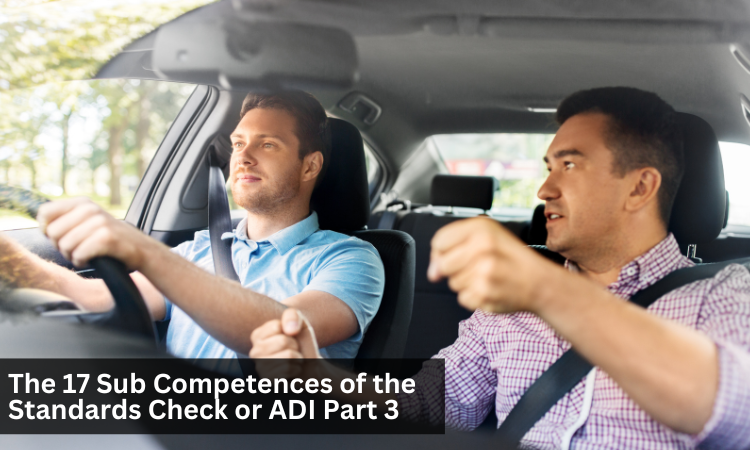
This is One of the Things ADI Examiners Need to See to Pass your Instructional Ability Exam.
Hi, this is my fourteenth instalment on the 17 sub competences of the standards check or ADI part 3. Today I going to give you my interpretation of was the ” Feedback appropriate and timely feedback during the session”?
Ok, let’s start with the two main ways of feedback. The best way of getting feedback is to elicit it from the pupil. Pupil’s take ownership of what they say and feel involved in the lesson when this is done. On one of my previous instalments, I explained an excellent way of eliciting feedback via scaling by asking the pupil a series of questions to draw out the information from the pupil.
Feedback needs to honest, specific, positive, limited and timely. Let’s start with honest. It’s of no use to say if something is good when it’s not. But it’s not good to be too negative with your feedback, as you can easily to demotivate your pupils with too much criticism of their performance. Best to pick out what they did well and suggest ways of improvement, which would be more positive and motivating to your pupil than just telling them what they have done bad. Also get to point quickly when giving feedback as your pupil doesn’t want to be bombarded with lots of info, where they can become confused not being able to focus on their objectives. Finally, feedback needs to be timely, where you shouldn’t be distracting your pupil, which can lead to a safety critical safety situation occurring, where your input as an instructor should be focused on managing the risk.
Finally, you pupil should be updated on how well they are progressing towards their learning objectives, so they know how well they are doing or if they need change things to help achieve them or to change them.
Interested to discover more about becoming a driving instructor? Get in touch with me here.
